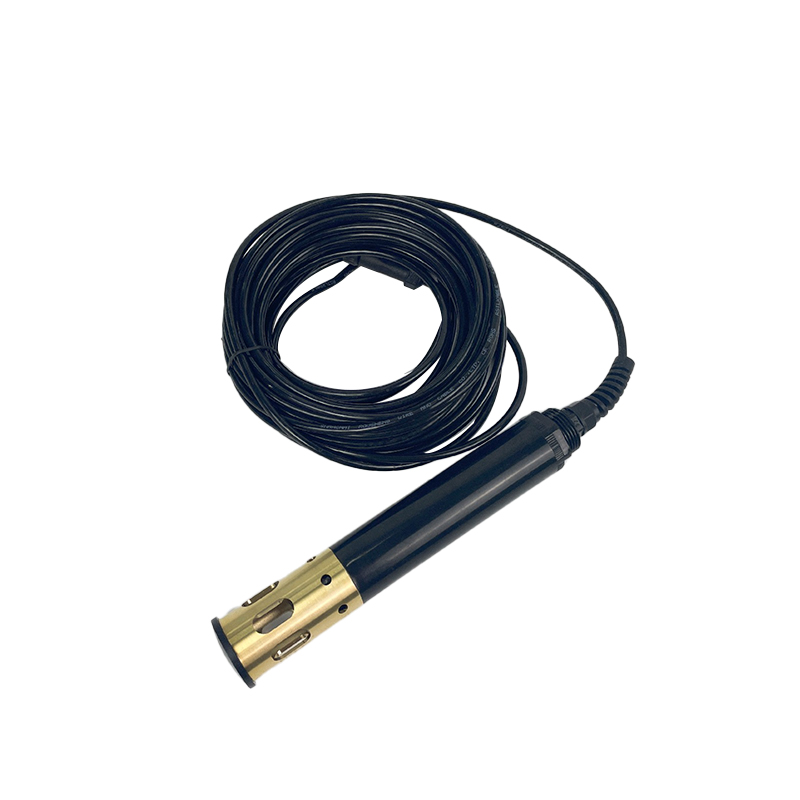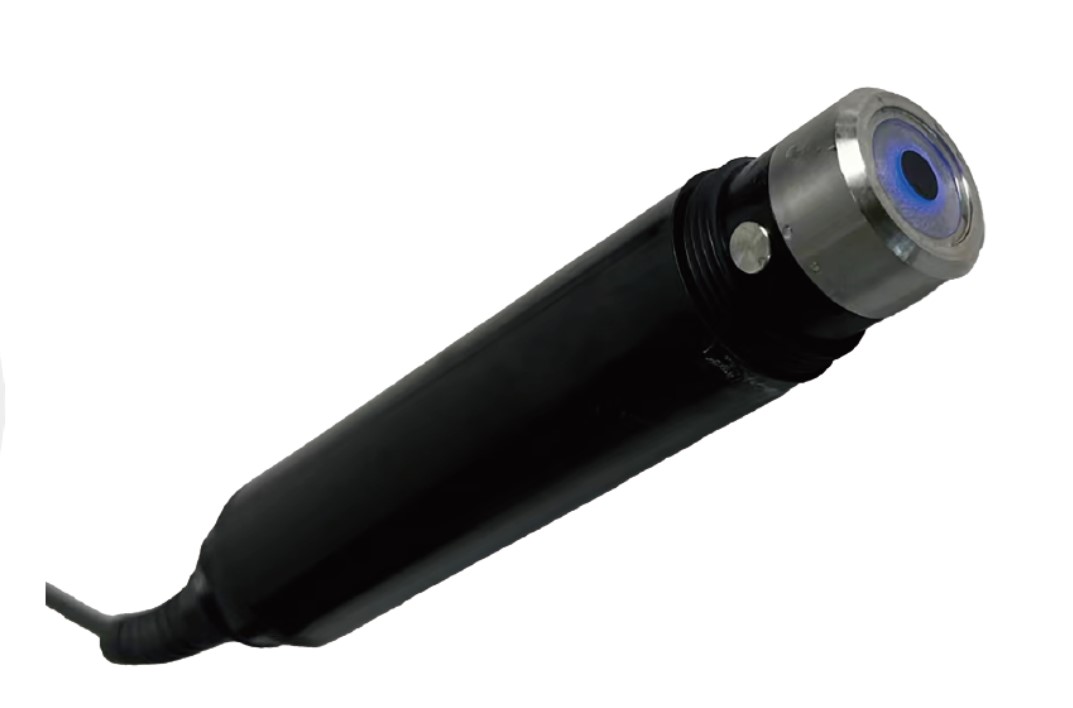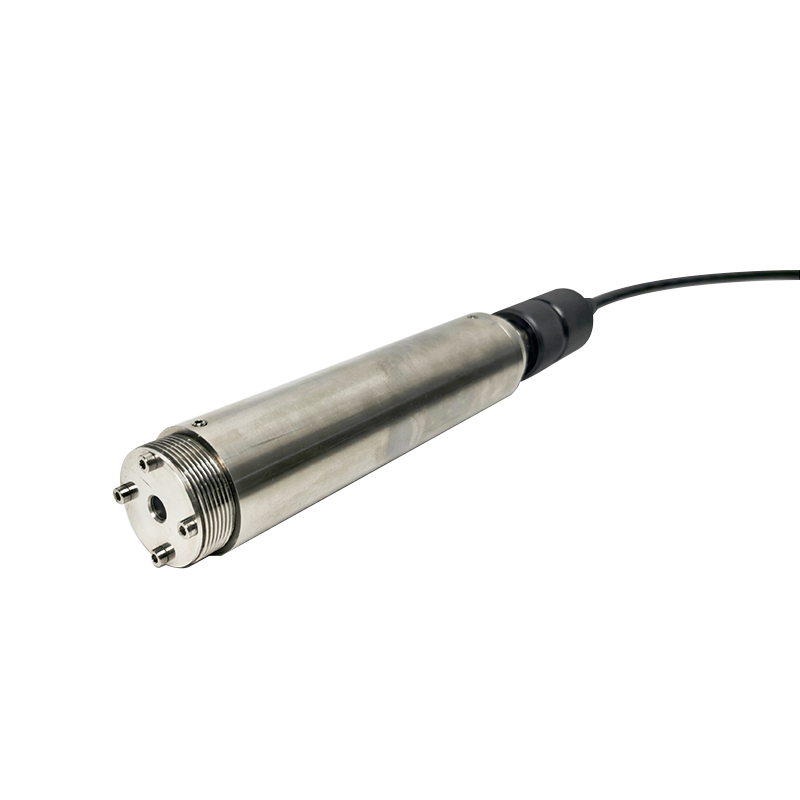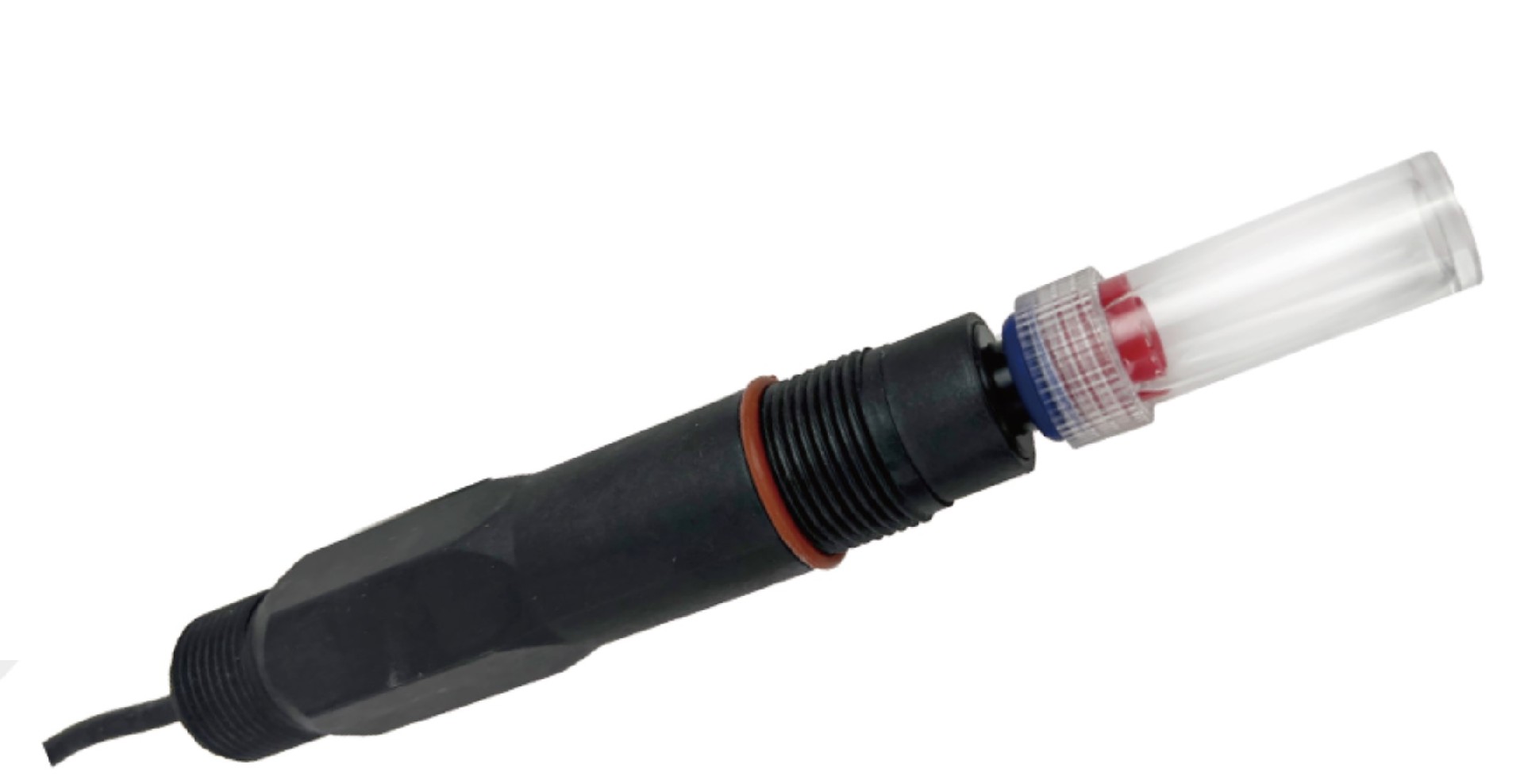Drinking water laboratory equipment is mainly used for testing the quality of drinking water. Tap water laboratory equipment can be divided according to the different types of water quality parameters tested, including microbial indicators, toxicological indicators, sensory properties and general chemical indicators, radioactivity indicators, disinfectant indicators and requirements.
According to the relevant requirements and provisions of the national standard GB 5749-2022 Hygienic Standard for Drinking Water, there are a total of 97 parameters for drinking water, including 39 conventional indicators of water quality, 4 conventional indicators of disinfectants, and 54 indicators of water quality expansion. It is not practical to carry out all the tests, and some parameters must rely on professional water quality testing equipment. So we only need to select some of the common drinking water parameters: residual chlorine, total dissolved solids, pesticide residues, and PH concentrations.
(1) Residual chlorine (Residual chlorine limit in Drinking Water Hygiene Standard GB5749-2006: contact time with water ≥30min, factory water limit 4mg/L; Discharge water allowance ≥0.3mg/L; Water allowance at the end of pipe network ≥0.05mg/L;) .
(2) Sensory indicators of water, such as chroma, turbidity, visibility, smell and taste (turbidity limit in Sanitary Standard for Drinking Water GB5749-2006:1NTU).
(3) Electrical conductivity (total dissolved solids, T.D.Solids)
The electrical conductivity of water is the reciprocal of the resistance of water. It is often used to indicate the purity of water. The national standard GB5749-2006 "Sanitary Standard for Drinking Water" has limited requirements for the total dissolved solids (TDS) of drinking tap water: the total dissolved solids ≤1000 mg/L, which obviously differs too much from the international standard. With the development of industry, the variety and quantity of pollutants in water increase, the value may already not meet the human drinking standard. When TDS value exceeds 200, it is industrial water standard, and above 300 is industrial polluted water. What is the TDS value of each water? The TDS value of tap water is different in different regions, and it is higher in northern regions. The TDS value of the water in the general water works is about 180-260. If it is deep well groundwater, it is higher than 300. Some places are in industrial areas, and the underground water body may be higher after being polluted. General reverse osmosis (RO) technology normal treatment of water within 50, suitable for human drinking.
(4) pH value: "Drinking water health standards" stipulate that the pH value of tap water is between 6.5~8.5, acidic or alkaline water is not good for the human body, so the detection of pH value is also very important.










